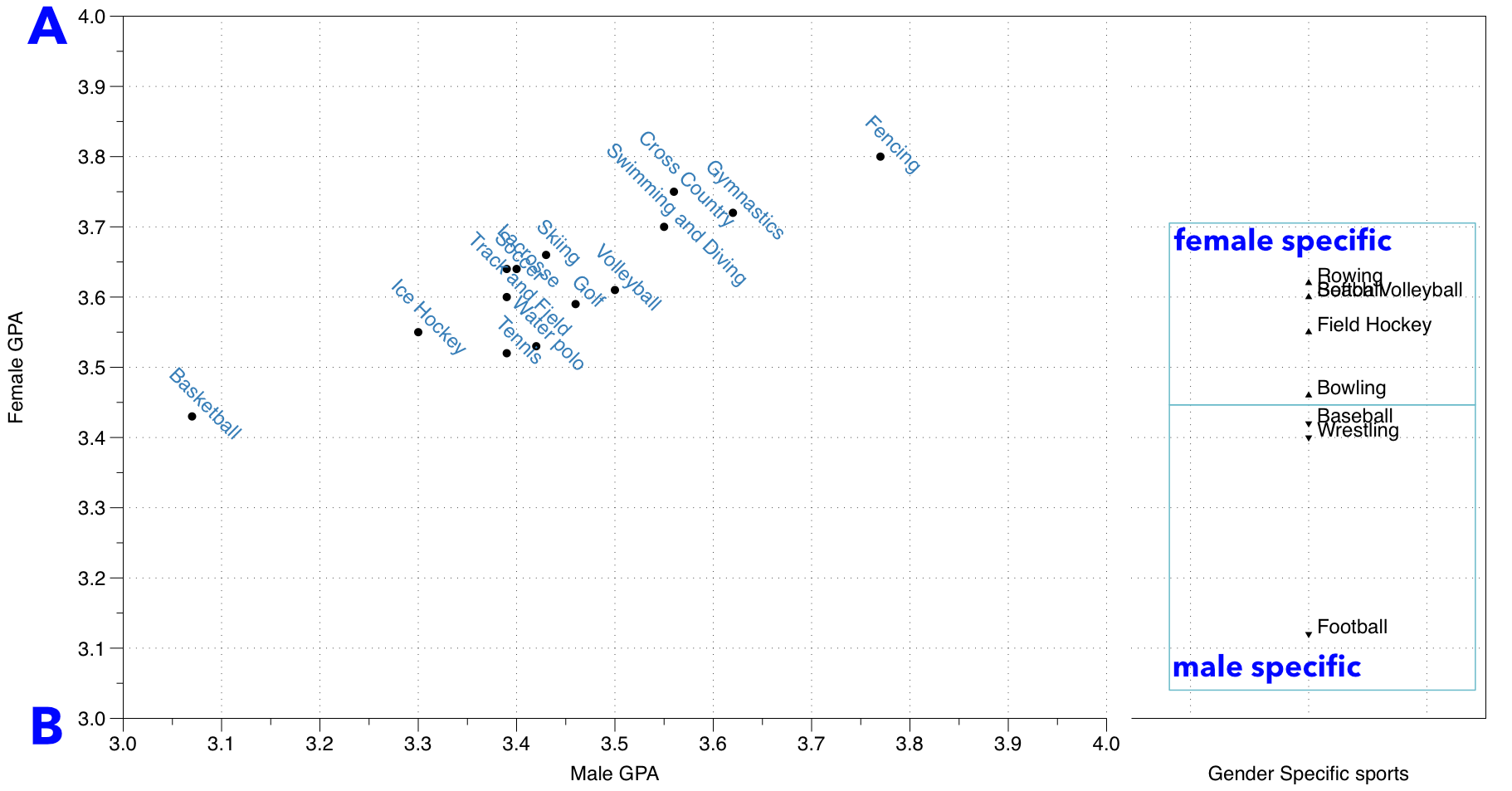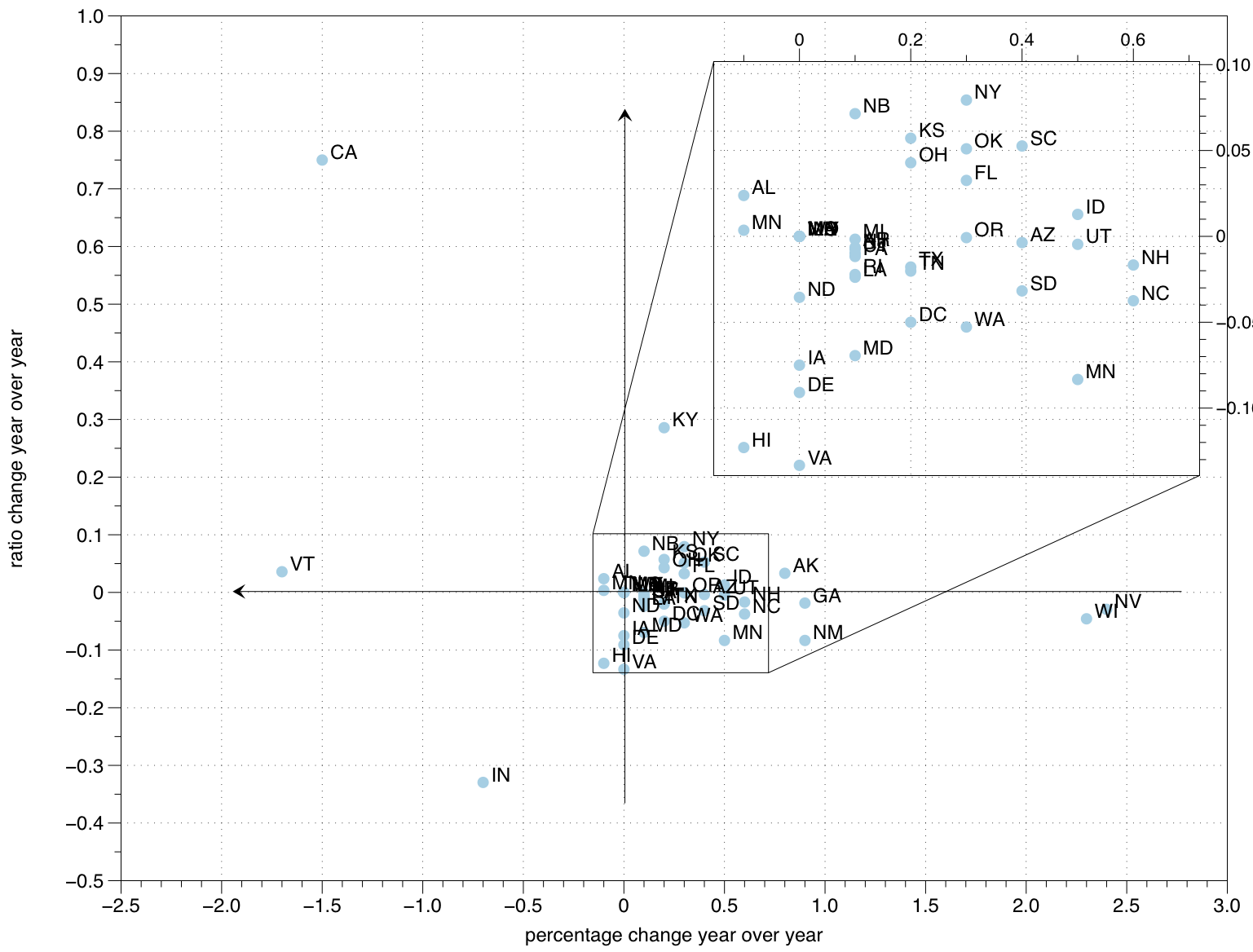I ignited a fierce debate a few months back by simply asking:
“the higher you jump, the more force you land with, right? (Yes, it’s a trick question)”
I posed the question shortly after the McKibbin Brothers released their video on dealing with knee pain, and a trainer was explaining that you could land with up to 5x body weight in force (about 45 seconds into the video) – which then rolls into this rabbit hole about the equivalent of elephants on your knees. Now how could this be?
So, a lot of this comes from the incorrect use of the term “force”. Basic physics, which most people should know, force acting on an object is defined by it’s mass multiplied by its acceleration, or
Force =mass x acceleration
In most cases, we are talking about the force of gravity, which imparts the same acceleration to objects regardless of their mass (which is why in a vacuum, a feather and a bowling ball will fall at the same rate). This is an appropriate situation, because for a jumping athlete, that impact with the ground is really the same question about falling from different heights. So, what is acceleration? Acceleration is a change in velocity over time. The higher up you are, the more time gravity has to affect you, and so by the time you get to the ground, your velocity is higher. But what happens on impact? The velocity changes, from whatever it is imparted by gravity, to zero. This, too is a type of acceleration, and it’s this acceleration where the force comes from. So, let’s look at this equation again:
F=ma = m (starting velocity-ending velocity)/time
if we rearrange it:
F x time = mass x change in velocity
The missing element in this discussion is how much time is being taken to bring the falling athlete to rest. Since mass and the change in velocity aren’t changing, we need to look at the relationship between time and the amount of force applied. The assumption in all the landing measurements is that the athlete stops on contact with the ground – hence, time is set to be very small. Thus, the amount of force goes up to effect the same change in velocity (the term, I believe, is impulse). But if we are able to extend the amount of time landing, the force acting can go down.
It’s like dropping your phone from various heights. But how can a protective case allow it to drop without as much damage? That’s because parts of the phone can continue to fall as the case deforms, increasing time, decreasing force, and protecting the phone itself. Likewise, the flaw in the force plate measurements is not considering that a body is an elastic object and can redistribute the energy of impact. It only measures the force based on a very short period of time, and that will bring the force measurement up.
In sand, since falling time continues longer than on an inelastic force plate, the force will decrease. But there are still more things to do to dissipate that energy of impact. Now will those exercises actually help? That’s a discussion for another day.









